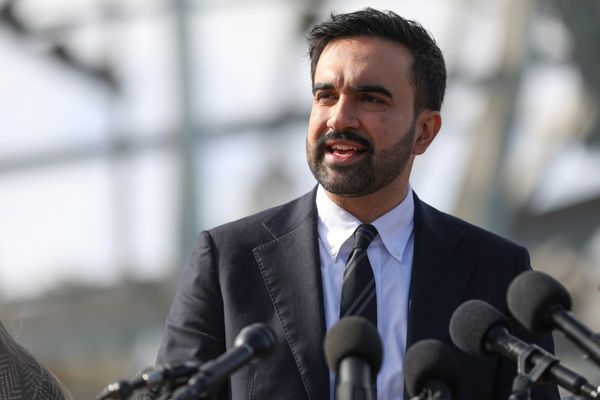Most parents assume that when they drop their child off at school, privacy is still respected. But in today’s tech-driven learning environments, that’s not always the case. From seemingly harmless apps to facial recognition systems, many families are unaware of just how closely schools monitor not just students, but also their parents. Understanding the ways schools are secretly tracking kids and parents is more important than ever, especially if you’re concerned about data privacy, consent, and long-term digital footprints. Here are seven tracking methods parents should know about—because what you don’t know could affect your entire household.
1. Learning Management Systems That Monitor Everything
Digital platforms like Google Classroom, Canvas, and Schoology make virtual learning more accessible, but they also quietly collect large amounts of data. These systems track logins, time spent on assignments, keystroke activity, and even how long students pause between tasks. Some can identify patterns in performance and alert teachers if something seems “off,” but that often means data is constantly analyzed without student awareness. Parents, too, are looped in through access portals, which log when you check grades or respond to messages. While the intent is academic support, the level of monitoring raises real questions about consent and surveillance.
2. RFID Chips in Student IDs
Some schools have embedded RFID (radio-frequency identification) chips into student ID cards. These chips track a student’s location throughout the school day—entering classrooms, leaving the building, even standing in line for lunch. Schools use this to monitor attendance and improve safety, but it also means your child’s movements are constantly logged. Few parents are aware of how granular this tracking really is or how long the data is stored. Privacy advocates warn this kind of surveillance sets a troubling precedent for normalizing constant monitoring from a young age.
3. Surveillance Cameras and Facial Recognition
Cameras in school hallways used to be about preventing fights or vandalism. Now, with the rise of facial recognition software, those cameras are doing a lot more than watching. Some schools use AI-powered systems to identify students by name, analyze body language, and even flag perceived emotional distress. In some cases, these systems are also capable of identifying parents or visitors. If your child’s face is part of a biometric database, it raises big concerns about where that information goes and how securely it’s stored.
4. School-Issued Devices with Built-In Monitoring
Many schools provide students with Chromebooks, tablets, or laptops—but they often come loaded with spyware-like programs. These tools track everything from browsing history to document edits, even outside school hours. Some programs take screenshots, record web usage, or prevent students from accessing certain content. While they’re designed to keep kids on task, parents rarely get a full breakdown of what’s being tracked or when. If your child uses a school-issued device at home, assume you’re being watched, too.
5. Apps That Track Parent Behavior
It’s not just the kids under scrutiny. Many schools now use apps like ClassDojo, Remind, or Bloomz to communicate with parents—but they also log your engagement. These platforms track whether you open messages, how quickly you respond, and how often you interact with teachers or school events. Some systems score parental involvement as a performance metric. While it might seem like a great way to stay informed, the idea that your responsiveness is being measured may feel a bit intrusive. Many parents don’t realize their digital parenting style is part of the school’s data profile.
6. GPS on School Buses and Pick-Up Apps
Real-time tracking tools on school buses help parents know when their child is picked up or dropped off. But these GPS systems also feed location data into broader school databases. In combination with pick-up apps that log your arrival and who you’re with, schools can build detailed location histories for both students and guardians. While it might improve safety, it also creates a persistent log of where you’ve been and when. That’s a lot of information to be stored without explicit permission or clear deletion policies.
7. Online Behavior Monitoring and Social Media Scraping
Some districts now employ third-party services to monitor students’ online activity, even off-campus. These systems scan public social media posts, online forums, and comments for signs of violence, bullying, or depression. While safety is the main goal, these tools can flag content that’s taken out of context or invade what used to be personal time. Some schools even use keywords to track family-related posts involving parents. If your teen vents online about a bad grade or shares family struggles, that post could be silently flagged and sent to administrators.
Awareness Is the First Line of Defense
The many ways schools are secretly tracking kids and parents should give families pause before blindly accepting every new system or tool. While safety and academic success are valid goals, they shouldn’t come at the expense of privacy or trust. The problem isn’t always the technology itself, but how it’s used without full transparency. Ask questions, review data policies, and don’t be afraid to opt out of programs that make you uncomfortable. As technology in education grows, so does the need for families to advocate for clearer boundaries and better protection.
Did any of these surprise you? Which tracking method do you find most concerning—and why? Join the conversation in the comments below.
Read More:
9 Privacy Settings You Didn’t Know Existed for Kids’ Devices
12 Steps to Secure Your Child’s Digital Footprint for Life
The post 7 Ways Schools Are Secretly Tracking Kids and Parents appeared first on Kids Ain't Cheap.








